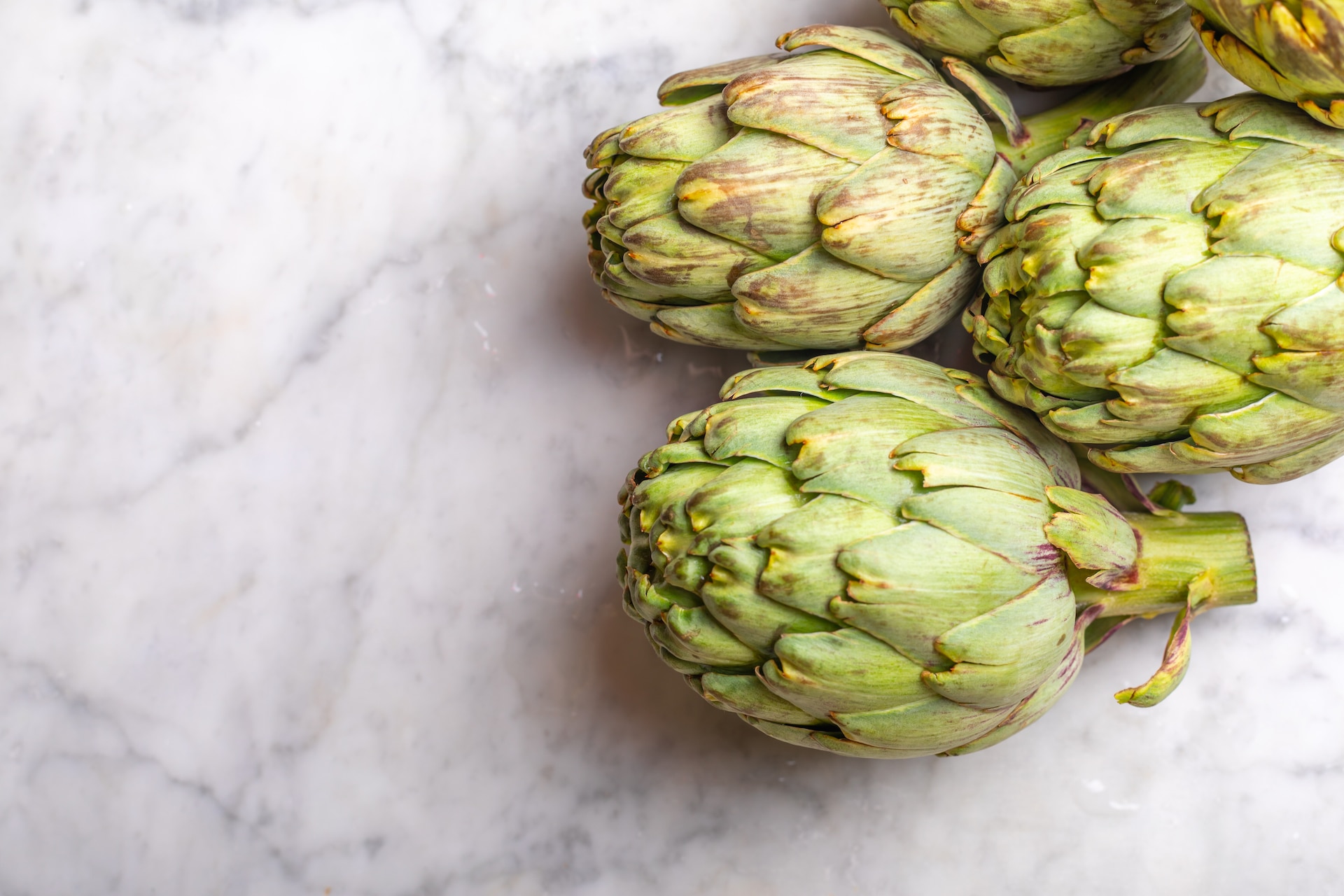Home » Eat Empowered » Diets Decoded: The Gundry Diet
Is the Gundry Diet healthy?
We’re going to let you in on a little secret. Most popular healthy diets that are touted for weight loss—from Paleo to Mediterranean and vegetarian—share many of the same basic principles.
All involve eating whole foods (as opposed to packaged and processed) and filling your plate with quality sources of protein, healthy fats, complex carbohydrates, and vitamin-, mineral-, and fiber-rich vegetables. However, each proposes a slightly different path that leads to fulfilling those principles.
RELATED: Is the Ketogenic Diet Healthy?
In this column, Diets Decoded, we’ll be breaking them down for you, one by one, so you can figure out which (if any) is right for you. We’ll explain the facts and then provide actionable tips on how to follow the diet as part of a Nutritious Life.
What Is the Gundry Diet?
You may have seen Dr Steven Gundry, MD, on an infomercial touting his treatment for things like leaky gut or telling you what three healthy foods you should avoid right now. The founder of Gundry MD is a former cardiothoracic surgeon who left that career path in 2002 to start his own wellness clinic, The Center for Restorative Medicine in Palm Springs, Calif. In his new incarnation, he claims to teach people how to avoid surgery by using his “unique vision of human nutrition.”
This “unique vision” is the Gundry Diet, an approach to eating that Dr. Gundry claims he’s used to successfully treat “tens of thousands of patients suffering from autoimmune disorders, diabetes, leaky gut syndrome, heart disease, and neurodegenerative diseases.” The diet is focused on one major principle: Avoiding lectins, which are found in a variety of foods and can increase inflammation and impact your gut in negative ways, according to Dr. Gundry.
He wrote a book on the topic, The Plant Paradox, to bring that approach to the masses. In the book, he advocates for eliminating lectins from your diet, which he claims can lead to weight loss, overall wellness, and the prevention of chronic diseases.
What You Eat
Whole, unprocessed foods are key, starting with low-lectin vegetables such as greens, carrots and cauliflower, in-season berries, and avocado. Fish, grass-fed beef, and pasture-raised poultry are on the table, as are healthy oils such as olive and coconut. A very small amount of cheese is allowed, as is butter if it’s “French or Italian.” A2 milk is also a “yes” food.
What You Don’t Eat
Gluten is a lectin, so this diet is gluten-free from the get-go. A lot of vegetables that contain lectins are forbidden, like tomatoes, eggplant, (OK, those are fruits, but you eat them like veggies), cucumbers and peas. Fruit, in fact, is almost entirely out except for in-season berries, and you can’t eat any legumes either—no chickpeas, lentils, or black beans. Also on the “no list”: Nuts and seeds such as pumpkin and chia seeds, peanuts, cashews, and grains such as quinoa, oats, brown rice and rye. Regular milk and yogurt are also out.
Pros and Cons
The main benefit of the Gundry Diet is that it eliminates processed foods and has followers focus on whole foods that are produced in healthy ways and result in maximum nutrients—like in-season produce and grass-fed beef.
But there are many downsides. There is little to no research that backs up Dr. Gundry’s thesis that humans shouldn’t eat lectins. All we really know for sure is that if you eat high-lectin foods in excess, it can cause digestive distress. (Like, maybe you’ve been bloated after eating lentil soup for lunch a few days in a row?)
RELATED: The Truth About Lectins
And if you cut lectins out, you’re also cutting out of your diet so many incredibly nutrient-dense foods. Tomatoes, cucumbers, Greek yogurt, beans, whole grains, fresh fruit; many of these foods are key elements of a healthy diet, providing important nutrients like antioxidants, vitamins and minerals, fiber and protein.
The Bottom Line
The Gundry Diet just doesn’t line up with Nutritious Life’s principles because it eliminates so many nutritious foods that work for so many people.
Obsessing over which fruits and vegetables are the healthiest is not worth your time when there are so many other things about eating empowered that are hard to master, such as ditching sugar and avoiding overeating. Come on, you should be able to enjoy a delish ancient grain salad filled with produce!
If you’re still worried about lectins, you can significantly reduce the amount of lectins in beans and grains via soaking, fermenting, sprouting, and cooking. (Yes, simply cooking.) You can also peel and remove the seeds from tomatoes and eggplants, which is where most of the lectins can be found.
(Featured Photo: Shutterstock)
About Keri Glassman, MS, RD, CDN
Keri Glassman, MS, RD, CDN, is a renowned celebrity nutritionist, healthy cooking expert, and wellness thought-leader. She is the founder and CEO of Nutritious Life and The Nutritious Life Studio, an online certification that provides unparalleled, forward-thinking education to individuals of various backgrounds looking to establish successful careers in the health and wellness industry.
RECENT ARTICLES

Want a sneak peek inside the program?
Get FREE access to some of the core training materials that make up our signature program – Become a Nutrition Coach.
Get Access"*" indicates required fields
 Eat Empowered
Eat Empowered














































































































































































































































































































































































































































































































































































































































































































































































































































































































































































































































































































































































































































































































































































































































